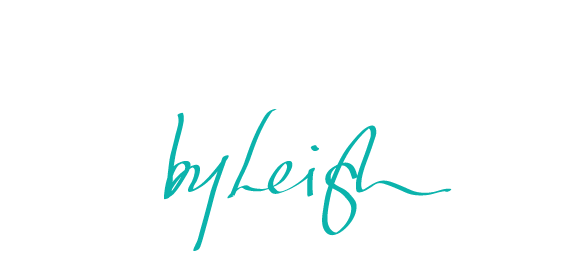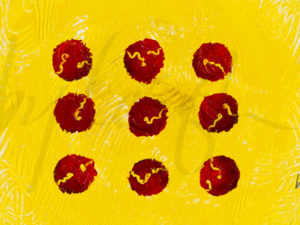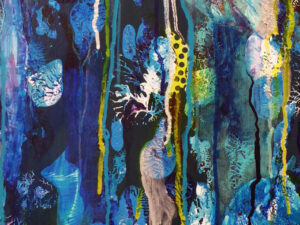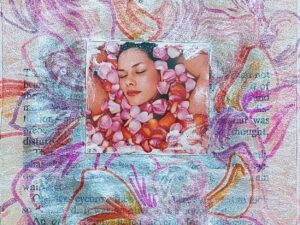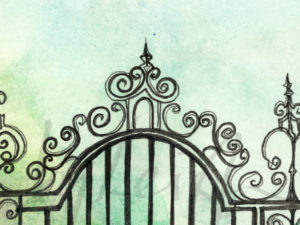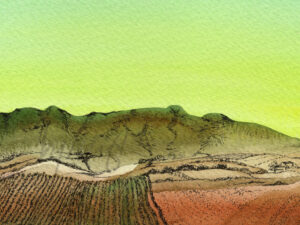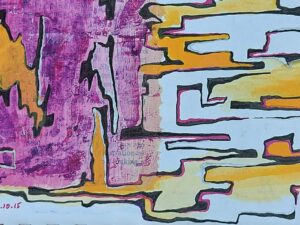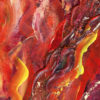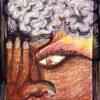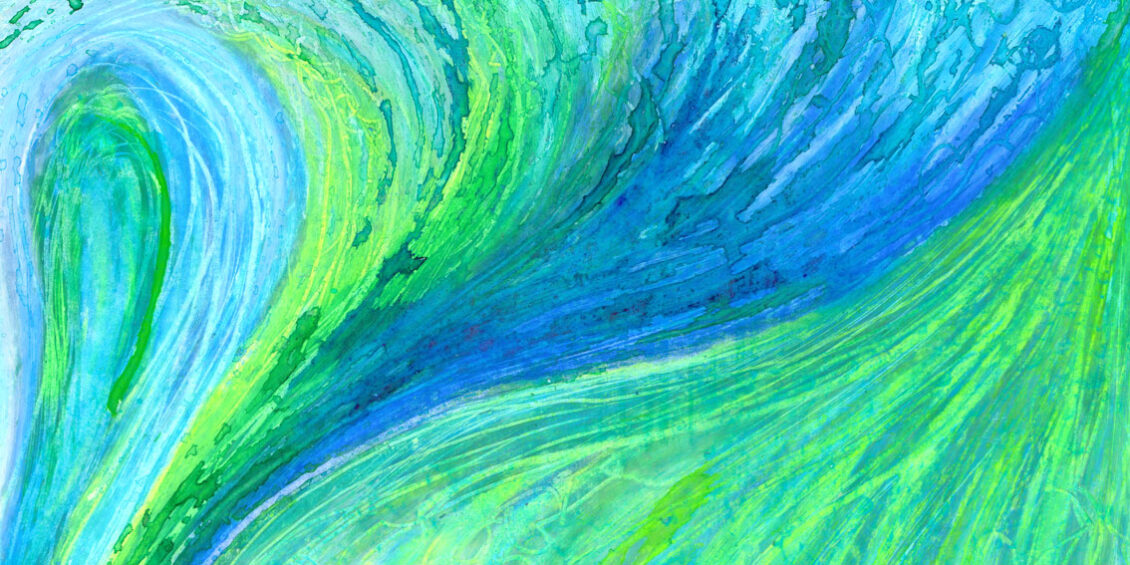
Featured Image: Close up of The Undertow by Leigh
23 Apr 2019
Reflections after watching the video The Room of Silence.
There is something to be said for living in a ‘motherhood bubble’[1] in the English countryside while still wearing colour-blind spectacles. I liken it to being Leisl in The Sound of Music[2] – you think you know what’s what, but really you’re so totally clueless that when Rolfe chooses the Nazis instead of you and blows his whistle to endanger your entire family, the rose tinted glasses of first love fall off and you’re left standing there stunned and gutted. Thankfully that stunned and gutted moment for me is now almost 3 years in the past and I have learned a fair bit since then. I think I’m no longer as naïve about race relations and racism but videos like this one remind me that I am still, to a large extent, as unprepared as Leisl.
Like one of the students in the video, I too find myself counting people that look like me whenever I’m in a new town, class or space. I realise now, it’s my way of gauging how welcoming the space is to people like me. It’s also how I set my paranoia meter – do I need to be on red alert or can I hover at a gentle yellow. The pure relaxation of a green rating is rare if I’m not in my own home because dropping your armour in an unknown space is just asking for injury. See this post for an example.
I’ve been told that I’m in a rare position because I grew up in a country where I was the majority so I haven’t been beaten down from childhood by every institution I had to interact with, and I definitely never learned my ‘place’.
That Caribbean upbringing is both a blessing and a curse. It’s why I was wilfully colour-blind for so long (Yep! I totally drank the Koolaid) but it’s also why I have no problem speaking up and expecting to be treated like everyone else. The curse used to be my ability to deliberately gloss over discrimination because I can’t imagine that’s really why I’m being treated a certain way. I was a master of explaining things away so I didn’t have to look at them too closely. In that sense, I understand how a lot of white people approach race issues.
There is another side to the curse though. With an overwhelming majority of the post-colonial Trinidad & Tobago population being black, my colour blindness wasn’t only about black-white race issues, it extended to all races. As an oblivious teenager, I hung out with several guys who had serious yellow-fever[3] (as described by another student in the video) and it never occurred to me how wrong that was until recent years. To add insult to injury, teenage me and my friends actually thought it was a great thing to be considered ‘exotic’. Given that most of us were various mixes of African heritage and… pick-any-ethnicity (or ten), to be exotic meant that there was something unique about you, you stood out. It’s funny (not!), even with our dedication to colour-blindness, we instinctively knew that black was the least desirable colour to be in a post-colonial society.
But as much as this piece speaks to my past, it speaks to my future. In the way of Sister Corita Kent[4], I think this video has helped me develop a manifesto of sorts. It’s still evolving but for now here goes…. as a teacher, I vow to:
- Give all my students a place where their voice matters and is heard (caveat in #6 and #7)
- Help my students feel safe to explore themselves and their creative abilities
- Learn all I can to support students who may be having experiences for which I have no frame of reference
- Show how much curiosity is prized in this class. Be open when I lack knowledge, and eager to learn
- Teach my students techniques for analysing and engaging in uncomfortable topics
- Develop a compassionate respectful learning community[5] in partnership with my students
- Protect that safe learning community that we created together by addressing unhelpful behaviour asap
- Introduce the power and impact of personal art, sharing my own experiences where useful
- Subjective feedback is zero feedback. Don’t give it to my students and don’t let them give it to each other.
References
[1] The Motherhood Bubble is what I call the time in my life when I lost myself in the joy and love of a new baby, as well as the grief and confusion of the life changes that becoming a mother brings. Nobody warns you about the giant hole that is the loss of your old self and it takes a while to find your new self. That intense love and intense confusion is the ‘Motherhood Bubble’.
[2] Leisl is the oldest Von Trapp daughter in the 1965 movie “The Sound of Music” who falls in love for the first time with a young soldier named Rolfe just before Austria is taken by Nazis. She trusts him and believes he loves her too so she is heart broken when, Rolfe choses loyalty to the now Nazi-run military instead of her.
[3] Also known as Asian Fetish. This is the objectification of, and obsession with, submissive sexual stereotypes that are associated with East Asian women.
[4] A revolutionary American nun and print artist and educator who used her Christian beliefs to protest the Vietnam war, support the US Civil Rights Movement, and challenge those who didn’t value all life. She definitely lived her faith! Her manifesto is available at: https://www.brainpickings.org/2012/08/10/10-rules-for-students-and-teachers-john-cage-corita-kent/ (Accessed: 16 Febraury 2019)
[5] Hooks, B (1994) Teaching to Transgress: Education as the Practice of Freedom. London: Routledge.
